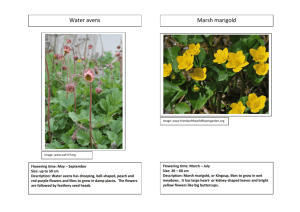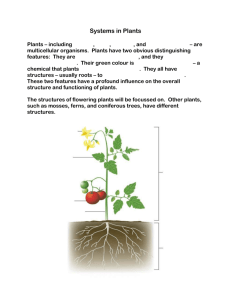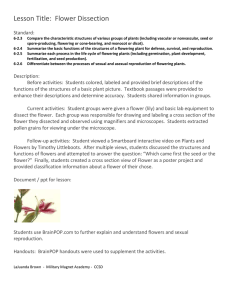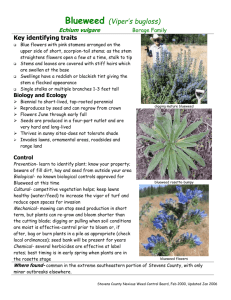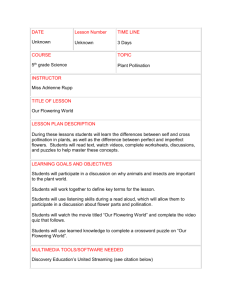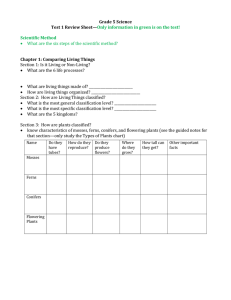Cycle A Biology
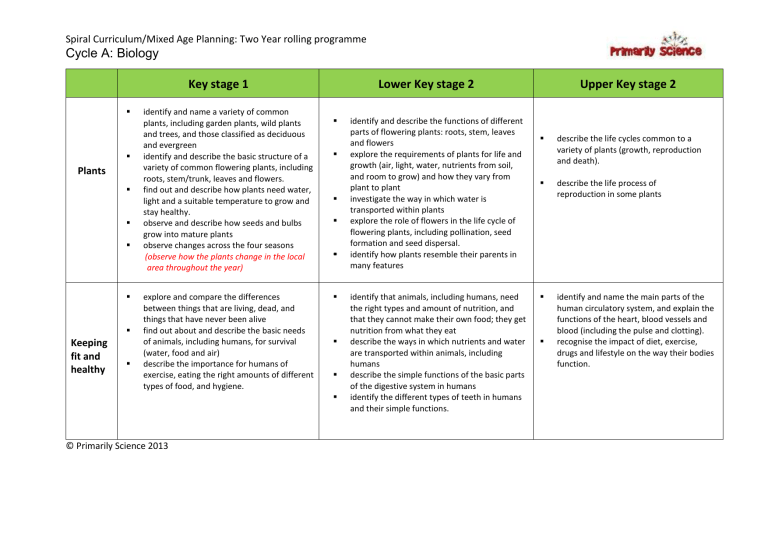
Spiral Curriculum/Mixed Age Planning: Two Year rolling programme
Cycle A: Biology
Plants
Keeping fit and healthy
Key stage 1 Lower Key stage 2
identify and name a variety of common plants, including garden plants, wild plants and trees, and those classified as deciduous and evergreen
identify and describe the basic structure of a variety of common flowering plants, including roots, stem/trunk, leaves and flowers.
find out and describe how plants need water, light and a suitable temperature to grow and stay healthy.
observe and describe how seeds and bulbs grow into mature plants
observe changes across the four seasons
(observe how the plants change in the local
area throughout the year)
explore and compare the differences between things that are living, dead, and things that have never been alive
find out about and describe the basic needs of animals, including humans, for survival
(water, food and air)
describe the importance for humans of exercise, eating the right amounts of different types of food, and hygiene.
identify and describe the functions of different parts of flowering plants: roots, stem, leaves and flowers
explore the requirements of plants for life and growth (air, light, water, nutrients from soil, and room to grow) and how they vary from plant to plant
investigate the way in which water is transported within plants
explore the role of flowers in the life cycle of flowering plants, including pollination, seed formation and seed dispersal.
identify how plants resemble their parents in many features
identify that animals, including humans, need the right types and amount of nutrition, and that they cannot make their own food; they get nutrition from what they eat
describe the ways in which nutrients and water are transported within animals, including humans
describe the simple functions of the basic parts of the digestive system in humans
identify the different types of teeth in humans and their simple functions.
Upper Key stage 2
describe the life cycles common to a variety of plants (growth, reproduction and death).
describe the life process of reproduction in some plants
identify and name the main parts of the human circulatory system, and explain the functions of the heart, blood vessels and blood (including the pulse and clotting).
recognise the impact of diet, exercise, drugs and lifestyle on the way their bodies function.



